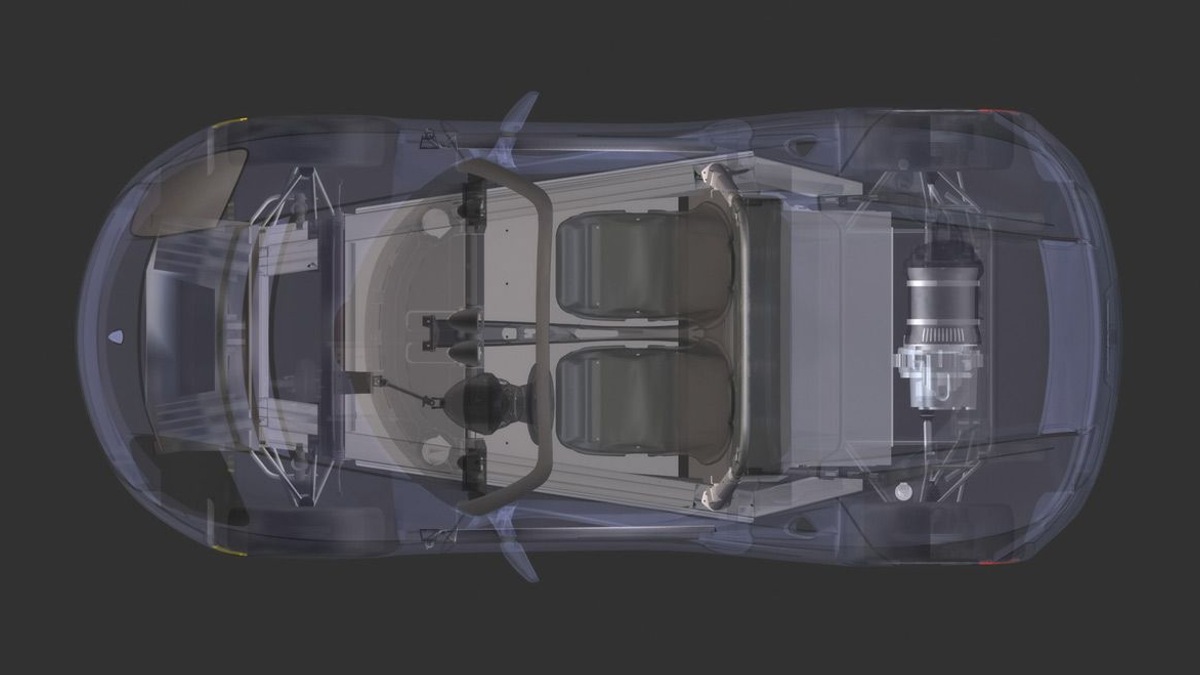Tesla's problems with the gearbox and drivetrain of its early models is well-known, and early buyers of the car were assured they would get updated internals installed free of charge as soon as they were ready. That update is known internally at Tesla as 'powertrain 1.5', and the company announced yesterday that steady progress is being made, outlining what will and will not be included.
The powertrain 1.5 package is essentially a reworked engine and gearbox, designed to fully handle all of the torque available with greater durability and more power output. The current Tesla two-speed drivetrain is effectively locked into second gear all the time in order to withstand the forces being transmitted through the gearbox. This update fixes that problem with a new single-speed gearbox, but also adds several updates.
A new power inverter (PEM) to deliver more current, a more powerful motor and a new motor-to-gearbox coupler mate with new firmware (computer programming) to yield significantly improved performance over the 1.0 drivetrain. In an update on the official website, Tesla's Chief Technical Officer JB Straubel writes that the car is cutting quarter mile times "in the 12.9 second range" and producing over 45% more torque at the wheels than the previous incarnation. Most of the increase comes from the more powerful motor, but 12% of the boost is derived from the new gear ratio.
Straubel is keen to point out that no changes to the battery pack have been made, and none were needed because total current draw and peak current draw (how much power the motor uses) were intentionally made the same as before. A complex interaction of the PEM and motor allow the one-speed drivetrain to function as though it had an electronic transmission with more gears, by stepping up current while dialing back voltage, allowing power levels to remain the same.
A powertrain 1.5-equipped car is already undergoing regular testing, and more is planned before it will be offered to customers. Two test cars, one running in Death Valley, California for hot weather testing and another doing a 40,000km (25,000mi) durability test on a closed test circuit, will help Tesla get the revised system ready for real-world use.
No timeline for its release comes with the new information, but several more months of testing are already on the table, so it will not likely be ready for mass consumption until Q4 2008 or later.
Tesla RoadsterTesla Roadster






